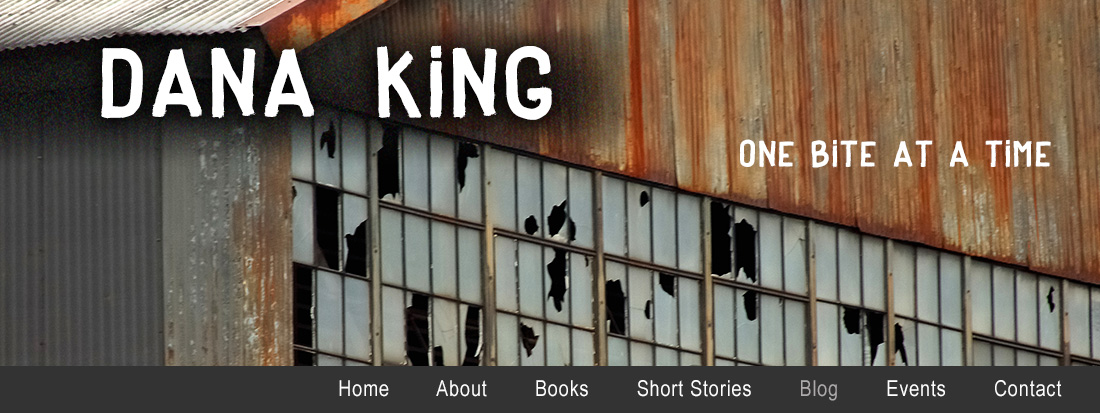The inciting incident of the work-in-progress (working
title: Officer Involved) is the shooting of a white man by a black officer.
Within 24 hours we learn this wasn’t just any white guy; Richie Johnson was a
white supremacist. The book spends most of its time dealing with the tightie
whites, neo-Nazis, and fellow travelers who come to town to protest this latest
example of “white genocide.”
The first draft is done. Right now I’m going through each
chapter in Scrivener to make sure it all makes sense before retyping everything
in Word. I had more to correct than usual due to a large number of moving parts
and simultaneous actions. Nothing that couldn’t be surmounted.
Then Trump Nation stormed the Capitol.
Don’t worry. This post will not turn political. Those who
took over the Capitol for a few hours last week are seditious traitors no
matter why they did it. I’ll say no more about them. What rattled me as an
author were parallels between what I saw and heard and things I already had in my
story. Then I started thinking about the things that weren’t in the story but
would fit quite well.
I kept plugging along, fixing what I had already decided
needed it, letting the new ideas percolate in my subconscious. Over the weekend
bits of writing advice I stole from Edith Wharton came to mind, several of
which apply here.
·
Do less, better. I had this book refined
pretty well. Mission creep could be a problem. This led directly to
· Know
you scope. I’ve read too many books and worked on too many projects
(remember when I had a job?) that started out tight and right and concluded as
bloated messes. John McNally taught me to beware of putting too much into the
container. If I still feel a need to cover these other ideas, I can write
another book.
· Lead
with your characters. Making the story too broad inevitably leads to either
an unrealistic time frame or a population explosion. Adding more characters
would dilute the impact of the those more principal to the story.
· Dialog
is where you learn most about characters. Dialog is what I do best, but if
there are too many characters (see above) the book requires either more narrative
or door-stop length.
· Create
peaks and valleys. Throwing too much into the stew could make the story run
too hot for too long. There’s a reason I rarely watch superhero movies.
· Have
a point. The book has a point now; no book needs a point and a half. The
next Penns River novel, taking shape as we speak, can accommodate the new
ideas.
I need an outline to write a novel. Without one I tend to
get off-track and risk throwing away large chunks of writing that don’t go
anywhere. The outline is flexible, but I can more reliably take detours if I
have the map handy. This has been a good object lesson, on two levels. The one
I’ve been discussing here, and that no matter how long one has been doing
something, occasional reminders of basic lessons are never bad thing.




1 comment:
All good points, Dana. “Do less, better” needs to be on a coffee mug.
Post a Comment